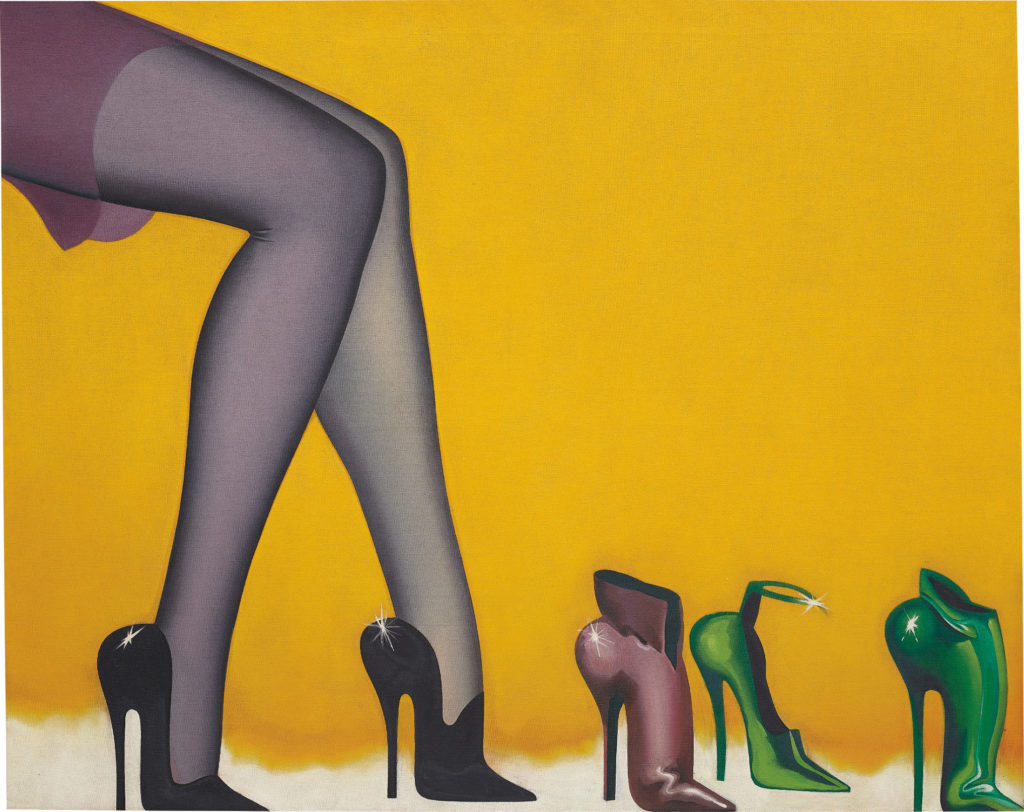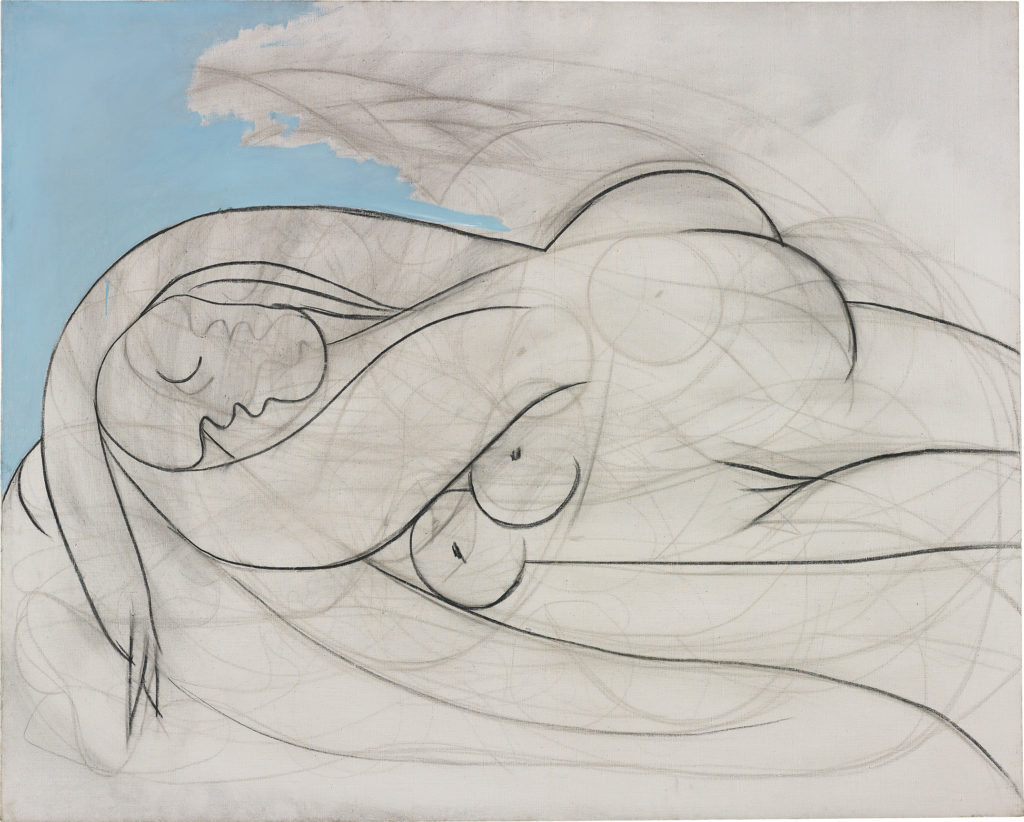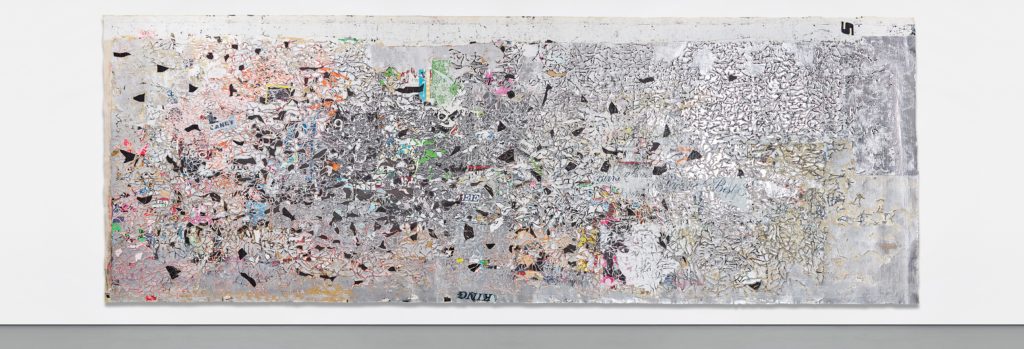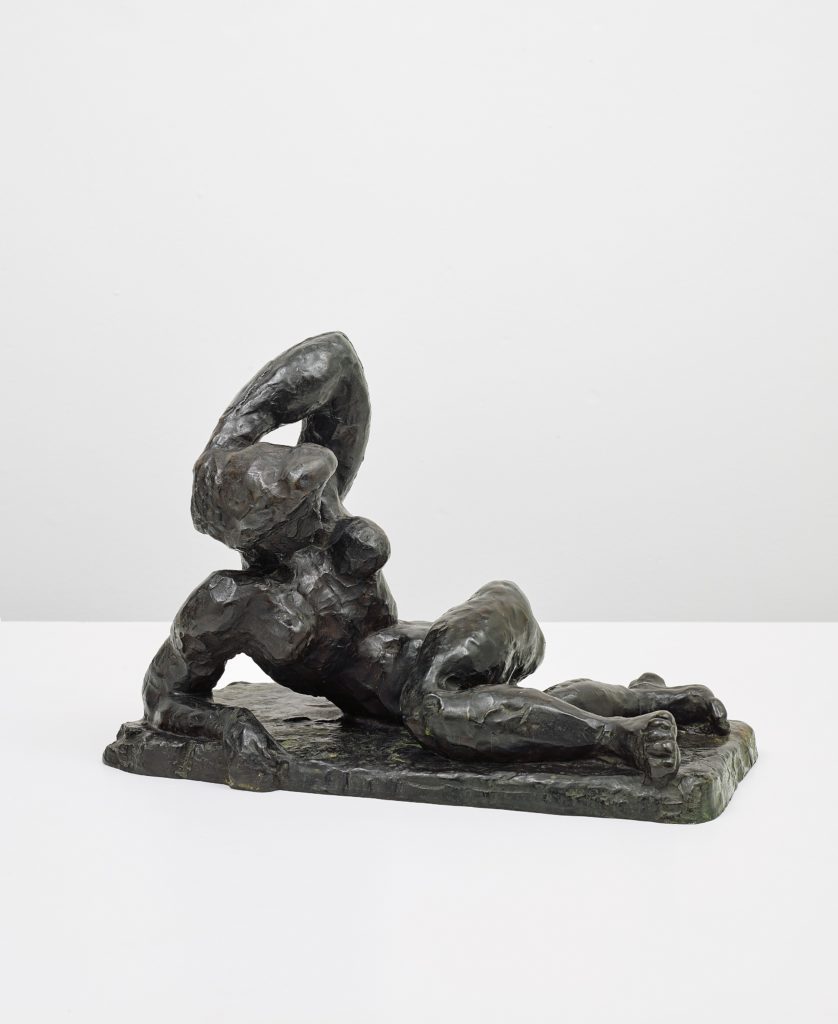Auctions
Phillips Steps It Up With a Triumphant $135 Million Auction in London, the House’s Best Ever
Making history on several levels, the sale managed to place major works of Modern art by Picasso and Matisse alongside contemporary fare.

Making history on several levels, the sale managed to place major works of Modern art by Picasso and Matisse alongside contemporary fare.

Colin Gleadell

With London’s contemporary sales already running high at £295 million ($407 million)—the total for Sotheby’s and Christie’s evening and day sales, and Bonhams’s positive £5.3 million sale—and closing in on a record for this series, Phillips took up the baton tonight with their strongest-looking evening sale in London ever, carrying a pre-sale estimate of £51.2 million to £73.1 million ($71 million to $101 million). That strength then translated into a knockout result: the upstart auction house hit £97.8 million ($135 million), the highest total for a Phillips sale anywhere, including New York.
Before making comparison with how the other salerooms fared, it’s important to note that Phillips combines Modern art (which is sold alongside Impressionist art by the other salerooms) with contemporary. So when assessing the relative performance in London of those two sectors, I will divide the Phillips sale in two.
Modern art expertise is something Phillips is trying to build under the direction of Hugues Joffre, special advisor to CEO Edward Dolman, to buttress its reputation as a cutting-edge contemporary saleroom. That is to say, Phillips is aiming to build a more blue-chip brand.
In this they were fortunate, or clever, to have obtained two milestone Modern works to further their initiative, and neither under guarantee. Phillips is known for extending hefty guarantees to compete for property with the other salerooms, but here had an opportunity to prove they could obtain and sell high-value works without them. A Picasso portrait of Marie-Therese Walter titled La Dormeuse, with the precise date March 13, 1932, could not have resurfaced at a better time, coinciding with the opening of Tate Modern’s current blockbuster dedicated to Picasso’s 1932 paintings of Walter, examples of which can command $200 million or more.

Pablo Picasso’s La Dormeuse (1932) sold for £41.8 million ($57.8 million). Image courtesy of Phillips/phillips.com.
Large, flowing, and part painting, part drawing—which may have accounted for the attractive estimate £12 million to £18 million ($16.5 million to $25 million) estimate—La Dormeuse had last traded through Pace Wildenstein in New York in 1995, and had last last surfaced in the fabled “Matisse Picasso” that traveled from Tate Modern to MoMA in 2003.
There was plenty of bidding as the price rose above the high estimate, though Harry Smith of Gurr Johns, who had already bought 13 Picassos last week, was nowhere to be seen. A contest then developed between a phone manned by former Christie’s contemporary art director Marianne Hoet, who is based in Antwerp, and the dealer Brett Gorvy, bidding for a client. The painting finally sold to Hoet’s client for £41.8 million ($57.8 million).
After the sale, Joffre would only say that the buyer was “anonymous, seasoned, and serious,” to which Dolman jovially added, “and rich.” So that narrows it down. It was probably the most significant sale of a work of art in Phillips’s history since it was taken over, briefly, by Bernard Arnault’s LVMH 25 years ago.
The Picasso was accompanied by a rediscovered Matisse bronze, Nu Allonge 1 (Aurore) from 1907, one of the first cast from an edition of 10, untouched by cleaning chemicals and unseen since it was last exhibited in 1917. Just 20 inches long, the bronze was estimated at £5 million to £7 million ($7 million to $9.7 million) and attracted bids from New York’s Acquavella Galleries before selling to a phone bidder for £14.9 million ($20.5 million).
With the Modern sales neatly in the bag, Phillips’s contemporary department proved that the house was in touch with notable collectors who would consign works, even if it had to arrange guarantees.

Mark Bradford’s Helter Skelter I (2007) sold for a record £8.7 million ($12 million). Image courtesy of Phillips/phillips.com.
The principal example was Mark Bradford’s massive, 30-foot-wide collage of Los Angeles street detritus, Helter Skelter 1 (2007) (estimate: £6 million to £8 million, or $8.2 million to $11 million) from the collection of John McEnroe. Apart from having sold Bradford at particularly high levels recently, “Phillips has a great space to show the work,” said McEnroe’s advisor, Josh Baer, of their decision to sell there, “and I knew they would highlight the work more than the others. Getting a great result for him is very important for their brand.” And a great result they got, bought by an anonymous phone bidder after some competition for a record £8.7 million ($12 million).
Another work with an ownership title in the catalogue was a rather lugubrious painting, The Pilgrim by Marlene Dumas, that came from the collection of MOCA trustee Blake Byrne, though it only sold below estimate for £1.7 million ($2.3 million).
Then there was an early painting by Georg Baselitz, P.D Idol (1964), that also carried a notable provenance, if more discreetly. Though not stated in the catalogue, the seller was Dallas collector Howard Rachofsky, who acquired it from Hauser & Wirth in New York in 2006. The unsettling image, looking like something out of Alien, sold just within estimate for £1.8 million ($2.5 million).
Three works thought to have come from the collection of GAP founder and major collector Don Fisher all had third-party guarantees. Anselm Kiefer’s 12-and-a-half-foot-wide painting Der Meistersinger (1981-2) received one bid from the artist’s dealer Thaddaeus Ropac before selling on the low estimate for £1.8 million ($2.5 million). Sigmar Polke’s double-sided, semi-transparent painting on polyester, Untitled (1989), slightly disappointed, selling on a single bid at its low estimate for £969,000 ($1.3 million), so probably to the third-party guarantor. And a 1964 Cy Twombly, similarly guaranteed, sold on the low estimate for £609,000 ($840,000). This was more like the Phillips of old.
However, it was interesting to see that Dutch corporate collection Triton, which had sent work for sale at Sotheby’s and Christie’s, also included Phillips in the mix. Five works from its holdings were sold over the course of the evening, all above estimate, and none were guaranteed. They included a seemingly unfinished reclining nude by Lucian Freud, bought from Acquavella and now sold back to them for £789,000 ($1.1 million), and an erotic bronze sculpture in an edition of 10 by Marcel Duchamp that sold to Thaddaeus Ropac for £501,000 ($692,000), the second-highest price for the edition.

Henri Matisse’s Nu allongé I (Aurore) (circa 1908) sold for £14.9 million ($20.5 million). Image courtesy of Phillips/phillips.com.
British art got off to a galloping start with a classic 1966 painting by the reluctant Pop artist Allen Jones of a woman’s stockinged legs and several pairs of very high heels. Exuberantly titled T-riffic, it doubled its high estimate, setting a record for a painting by the artist when it sold for £705,000 ($974,000) to New York dealer Nick Acquavella. A small family group with a child reading a book by Henry Moore was chased by London dealers Osborne Samuel and Offer Waterman before selling to an internet bidder from Newport Beach, California, near the high estimate for £393,000 ($542,000). And Sean Scully’s large Grey Red (2012), which had been sold at Phillips 18 months ago for £665,000 ($917,000), almost doubled that by selling for £1.15 million ($1.6 million).
Plugging the thriving George Condo market, a painting bought two years ago at Phillips by advisor Michaela de Pury for £386,500 ($533,000) came back with a guarantee and almost doubled estimates to sell for £1.3 million ($1.8 million). Some might call it a flip, and a well-executed one at that.
Although not quite a flip, a 2002 painting by Albert Oehlen, Omegesachen-35, had been bought on the low estimate at Phillips just over two years ago when it was guaranteed for £302,500 ($417,200). Although it did not reach its estimate, it sold for a decent profit at £465,000 ($641,300).
In other action, a grid-like 1972-3 painted relief by Dutch minimalist Jan Schoonhoven was guaranteed but didn’t need it, selling above estimate to American dealer Neal Melzer for £441,000 ($608,200).
Before the sale, the pre-1945 Modern content was estimated at 37 percent of the value of the entire sale—an increase on any previous Phillips sale. By the end, it was more like 60 percent. So with only Phillip’s day sale to go, the London Impressionist and Modern sales total has ended with just over £400 million ($551 million) in sales, the second highest for the capital, while the Contemporary bracket is looking at a record in the region of £340 million ($469 million). When the two categories are combined it also marks a new record for London—and there, in the heart of the scrum, Phillips has proved they can mix it with the big boys.